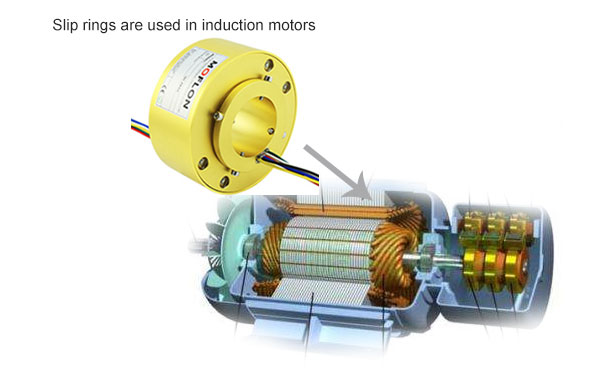The entire mechanism of a slip ring motor or a wound rotor motor depends on the speed control system. There are two mechanisms to control speed, the first is through rotor rheostat control and the second is through cascade control.

Speed control through a rheostat
The objective of speed control can be achieved through the rheostat which in the first place is used to induce resistance in the system and set up the starting phase for motor slip ring. One of the things that need to be taken care of is that the starting rheostat rating must be recorded and rated for continuous operation. The same rheostat which is added initially can be used for controlling the speed.

The process is quite a simple one as we know that during the initial starting phase of a wound rotor motor external resistance is applied through an external source. As the rotor gains speed the level of inflow if external resistance is brought down so much so that when the rotor acceleration is at its peak the external resistance so completely cut off.
Altering resistance to regulate speed
Now, the question arises, how can alteration of resistance level be useful for regulating the speed? Here’s the answer as such a situation arise when there is a need to reduce the speed, the level of external resistance flowing in the system is increased. As a result, there is a decrease in the acceleration level of the rotor.
To further understand the system of speed control, let us first understand the various relationships between torque and the slip. The first and the foremost relation that we need to be aware of the is torque and torque which is given as, T =S/R.
In the above relation T denotes the level of torque while A denotes the slip of the motor and finally, R denotes the resistance of the circuit.
The relation throws light on some important facts related to rotor resistance and torque and torque. As the lack of resistance increases the to torque level diminishes. Given the kind of load which these equipment have to deal with both the rotor and the motor has to supply has to supply a steady level of torque without any fluctuation, especially, decrease in the torque level would make the situation more dicy. So, to increase the level of torque, the scale at which the external resistance has to be applied should remain constant increase. As a result of an increase in the level of resistance the slip of the system also increases.on a side note, the increase in slip is basically decreased in the on the speed of the motor.
Drawback
However in some cases, with an increase in resistance level the operational performance level reduces. By a decrease in operational efficiency, we necessarily refer to the efficiency of the motor. Considering the risk factor associated with this method the slip ring manufacturer often use it for only a short duration of time.
